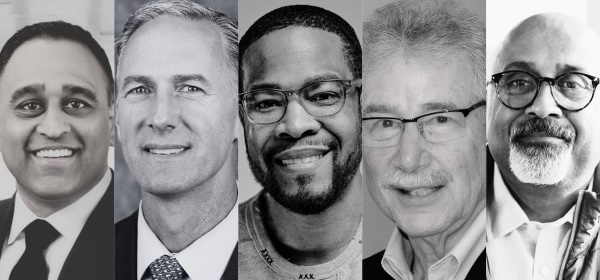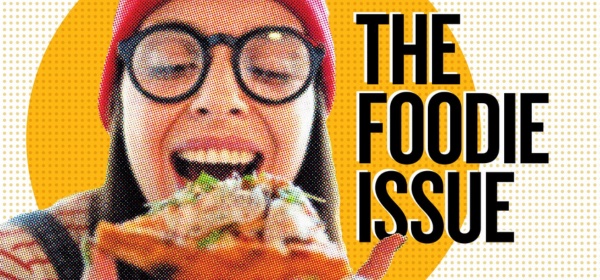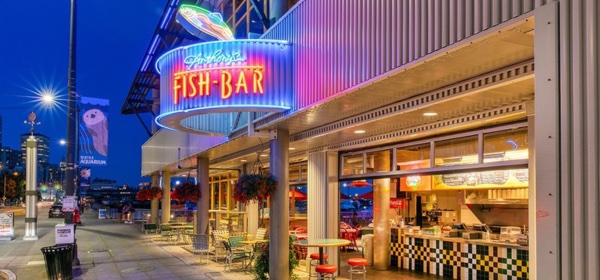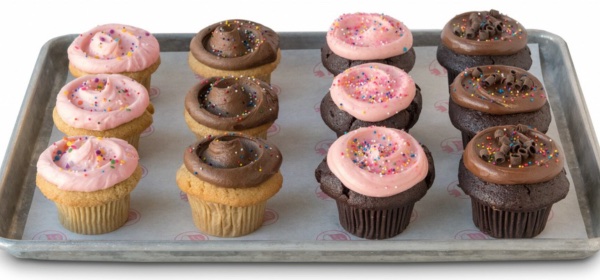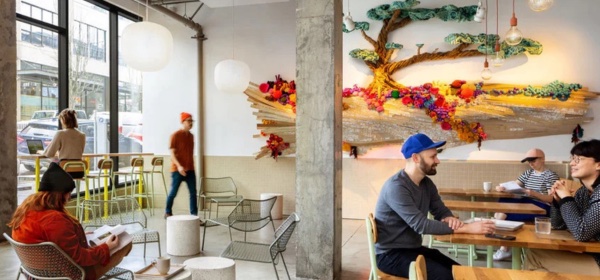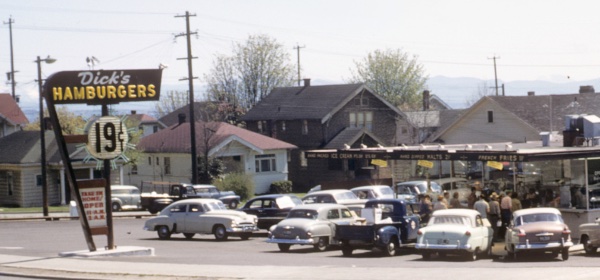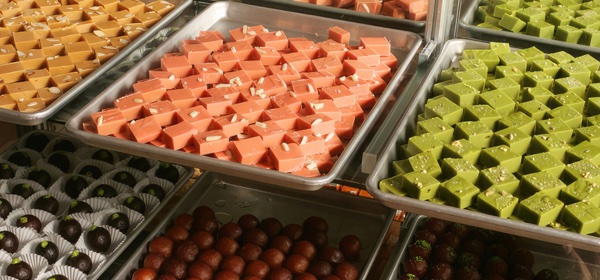
Pagliacci Pizza 1.0 Fast Facts
- Date of founding: 1979
- Ownership details then: A family partnership between Centioli-McTigue, her husband, her brother, and her cousin
- Location: On "The Ave" in the U-District
- Website: pagliacci.com
Photo courtesy of Pagliacci Pizza
Pagliacci founder Dorene Centioli-McTigue, Journalism '65, recalls the early days of Pagliacci Pizza—and her favorite item in today's menu.
What problem/market need were you addressing when the business started?
Our goals were modest but radical. We wanted to make good pizza and sell by the slice—heretical thoughts at the time. Because our large Italian family in Garlic Gulch* had always made pizza at home, we didn’t have to invent anything, just not mess it up.
What was the biggest challenge and the biggest reward throughout your journey?
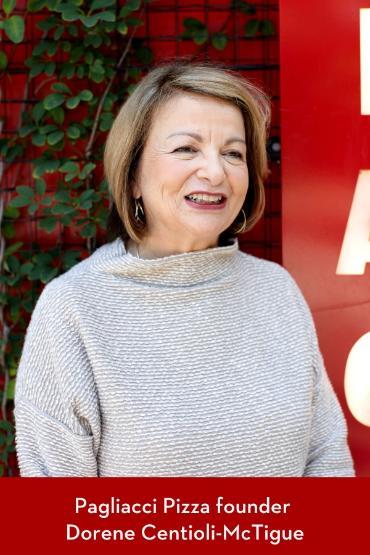 The 2,000-foot space was too small and within weeks, I was looking for a prep kitchen, which forced us to grow faster than we otherwise would have. The biggest reward (and surprise) were the people—many, many employees and customers cared deeply about the place. They taught me that Pagliacci was much more than good pizza.
The 2,000-foot space was too small and within weeks, I was looking for a prep kitchen, which forced us to grow faster than we otherwise would have. The biggest reward (and surprise) were the people—many, many employees and customers cared deeply about the place. They taught me that Pagliacci was much more than good pizza.
What, if anything, did you learn at Seattle University that helped you start or run the business?
I majored in journalism at SU, which gave me a solid foundation in ethics and good communication skills, both of which are invaluable in business.
Why did you sell Pagliacci?
As I passed the half-century mark, I thought a lot about the future of Pagliacci and the employees and customers who care about it. I realized it needed younger leadership, but leadership that understood that Pagliacci was about a lot more than making pizza. I was thrilled when Matt Galvin and Pat McDonald became interested in buying it.
If you were to recommend one thing from Pagliacci that newcomers should taste, what would it be?
I always order the Centioli with light peppers and prosciutto. It’s my family name but I’d order it even if Pagliacci changed the name.
Two-sentence advice for anyone who wants to follow in your footsteps?
Easy question. First, be the place where you would spend your dollars if you didn’t own it. Second, design it so that in its early life it need not support you.
*Garlic Gulch or Little Italy were neighborhoods concentrated in the southeast of downtown in Rainer Valley and Beacon Hill. They were home to many Italian immigrants who came to the Northwest at the beginning of the 20th century to work in the coal mines or take on construction jobs.
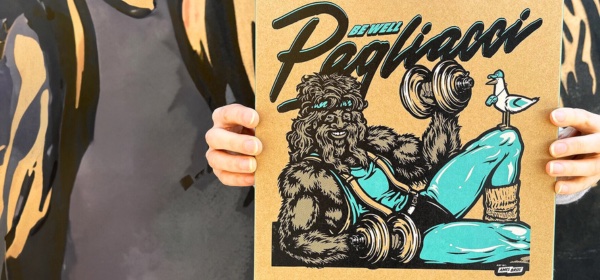
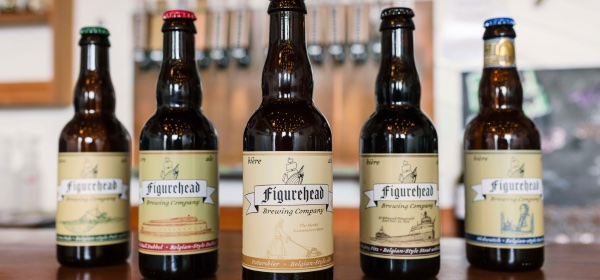
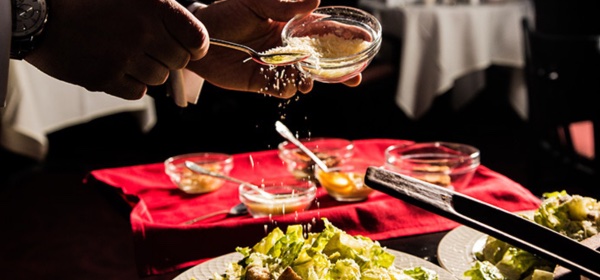
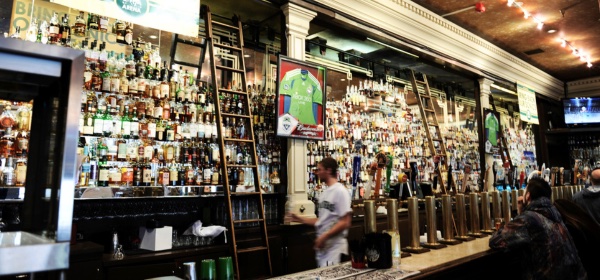
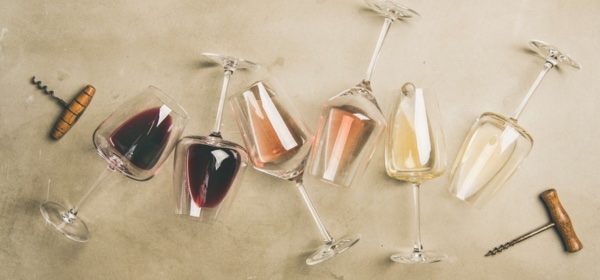
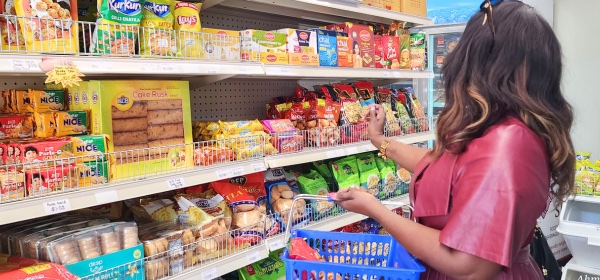
_Albers-School-of-Business--Economics.jpg)
